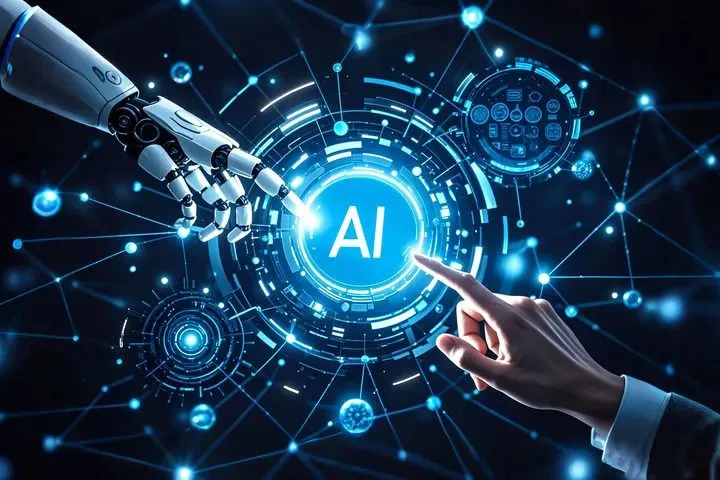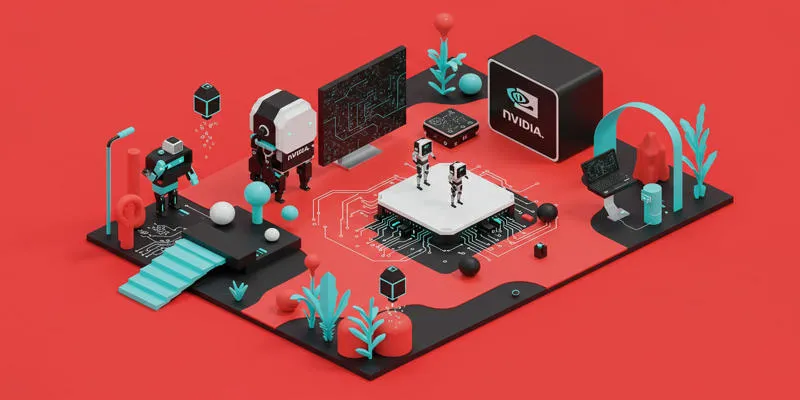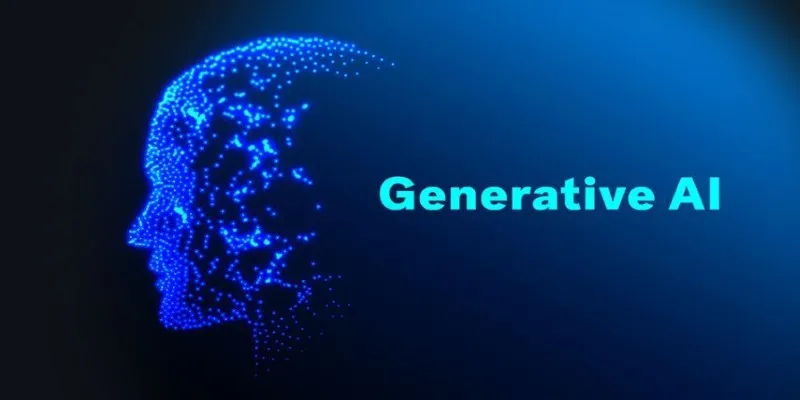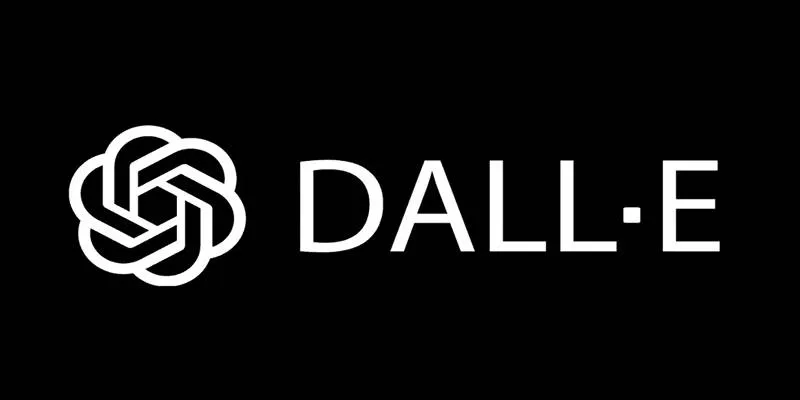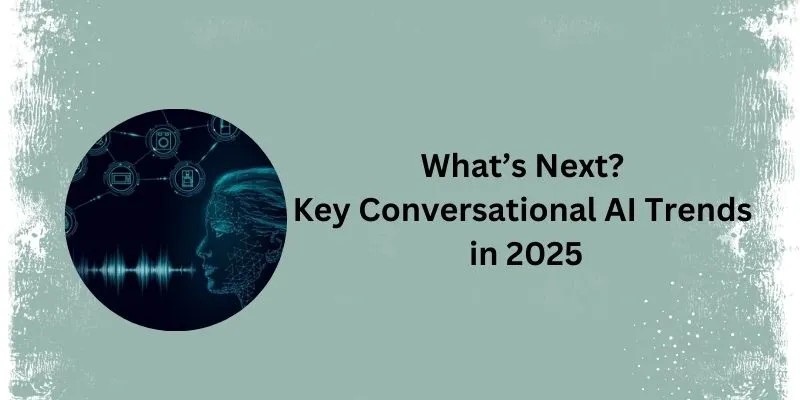Artificial intelligence (AI) has moved beyond research labs into every part of modern life, from healthcare to transportation. At the same time, the energy needed to keep these systems running has soared, creating new challenges for power grids that were never designed for such loads. The electricity demands of large AI data centers have grown so quickly that many regions struggle to keep up. To address this, a $525 million bond program has been launched to fund smart energy infrastructure designed to support AI growth while maintaining environmental balance. This effort reflects a growing awareness that technology and sustainability must advance together.
Why AI Needs Smarter Energy Systems
Most people don’t think about what powers artificial intelligence beyond the computers and servers they see on screen. Yet running AI at scale takes far more energy than many imagine. Training advanced models means banks of processors working nonstop, drawing as much electricity as a small city. Even after training, maintaining those systems for real-time services requires a steady, reliable flow of high-quality power — something today’s aging grids struggle to deliver.
Traditional power grids were built decades ago for predictable patterns of homes and factories, not the unpredictable, round-the-clock needs of data centers. They’re often rigid, wasteful, and still rely heavily on fossil fuels. As AI ramps up, these shortcomings become harder to ignore, leading to outages, inefficiency, and higher emissions.
Smart energy systems are designed to address this challenge directly. Using advanced monitoring, cleaner distributed power sources like solar and wind, and energy storage, these systems can keep supply and demand balanced even when conditions change. The $525 million bond funding will support these upgrades — including microgrids, high-efficiency transformers, smart meters, and intelligent control software — making it possible for AI to grow without overloading the grid or increasing its carbon footprint.
Microgrids play an especially important role here. These localized systems can work alongside the main grid or operate independently during disruptions, ensuring power to critical sites like data centers. Smart meters and battery storage add flexibility, making renewable energy more reliable and usage more efficient — exactly what AI needs to thrive sustainably.
How the $525 Million Will Be Used
The $525 million funding is allocated strategically to areas with the highest concentration of AI infrastructure. These regions already face growing strain on their grids, making them priority targets for improvements. A significant portion of the investment will go toward building stronger transmission lines that connect renewable energy sites with urban and industrial hubs where the power is needed most. Many of today’s renewable plants are located far from cities, and weak connections make it difficult to use their full output.

Another focus is on large-scale battery storage, which is key to making renewable energy more reliable. Solar and wind generation often produce peaks of power when demand is low, wasting energy. Batteries allow that excess to be stored and used later, stabilizing the grid and lowering the cost of electricity for everyone. This also helps AI facilities operate without interruption, even when grid conditions fluctuate.
Upgrading grid software and hardware is another part of the plan. Smarter control systems allow operators to monitor conditions instantly and make adjustments that minimize inefficiencies and prevent overloads. Distributed energy resources, such as rooftop solar or community wind projects, can be integrated more easily into a smart grid, thereby reducing dependence on centralized fossil fuel plants. Microgrids near data centers will ensure AI facilities have reliable backup power while easing the burden on the central system. All of these investments build a foundation capable of meeting future needs without compromising reliability or environmental goals.
Benefits Beyond AI
While the immediate goal of this bond initiative is to ensure AI can continue growing, the improvements benefit far more than just the tech industry. Communities in these regions will experience fewer blackouts and brownouts, which disrupt homes, schools, hospitals, and small businesses. Clean energy integration means less air pollution and a smaller carbon footprint, helping meet state and regional climate commitments.
More efficient systems also translate into lower costs over time. By reducing energy waste and eliminating the need for last-minute, expensive fossil fuel power purchases, utilities can keep rates more stable for consumers. A smarter grid can handle surges in demand without resorting to emergency measures, making the entire system more affordable and reliable.
There is also an economic upside in the form of new jobs. Upgrading the energy infrastructure will require engineers, construction crews, electricians, and IT specialists. Ongoing operation and maintenance of the upgraded systems create long-term employment opportunities, supporting local economies and providing training in industries that are likely to grow in the coming years.
The Future of Smart Energy and AI
This bond-funded expansion sets the stage for the next decade of growth in AI and energy alike. As AI technology improves, its energy requirements are likely to climb further, with new models demanding more computation. Meeting those needs with smarter, cleaner infrastructure is not just a technical challenge but a societal choice about what kind of progress we want.

By investing now, communities can avoid being reactive later when systems fail or pollution rises. This initiative offers a chance to keep AI on a sustainable path, showing that technological advancement and environmental responsibility can work together. Smart energy expansion is more than a support system for AI — it is a foundation for modern life, where digital innovation and physical infrastructure must keep pace with one another.
Conclusion
The $525 million bond shows how energy planning can match the pace of AI growth. Supporting AI needs more than advanced algorithms; it requires smarter, adaptable electricity systems. This initiative strengthens grids, benefits communities, and keeps progress aligned with sustainability. By treating energy as a partner in innovation, we ensure AI development rests on a stable foundation. This investment delivers not just more power, but better power — enabling a future where technology and responsibility grow together without compromise.
 zfn9
zfn9




